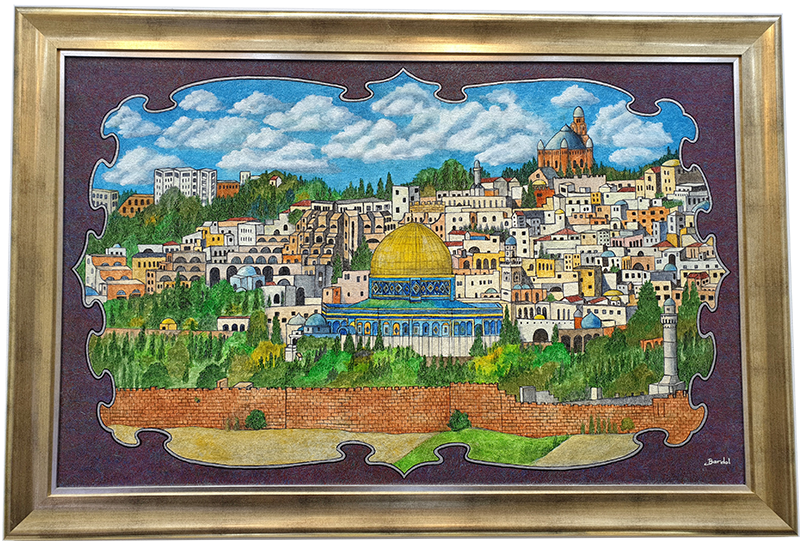Al Aqsa
The Al-Aqsa Mosque, properly known as Jāmiʿ al-Aqṣā, is one of the most significant and revered Islamic sites located in the Old City of Jerusalem. Its name translates to “congregational mosque of the farthest” in Arabic, referring to its historical connection to the Islamic belief that the Prophet Muhammad traveled from Mecca to Jerusalem and ascended to heaven from there.
Al-Aqsa Mosque is situated on the Temple Mount, a holy site for both Muslims and Jews. The mosque itself is positioned towards the southern end of the mount and is considered the third holiest site in Islam, following the Masjid al-Haram in Mecca and the Prophet’s Mosque in Medina.
The architectural style of the Al-Aqsa Mosque is predominantly influenced by early Islamic and Byzantine architecture. The original structure was built in the 8th century CE, but it has undergone several modifications and expansions over the centuries. The current building complex comprises several sections, including the main prayer hall, courtyards, minarets, and ancillary buildings.
The Al-Aqsa Mosque holds great religious and historical significance for Muslims. It is believed to be the place where the Prophet Muhammad led prayers with other prophets and to which Muslims should undertake a spiritual journey known as the Night Journey (Isra and Mi’raj). Muslims regard the mosque as a symbol of their faith and a testament to their connection to the holy land.
The painting was created for Safir Jewelry & Gems by the artist Bardol. The artist utilised powder made from natural gemstones
Bardol is a talented artist who hails from Andalusia, a region in southern Spain. He is known for his unique blend of Spanish and Muslim cultural influences in his artwork. As a Spanish Muslim, Bardol incorporates elements from both his Spanish heritage and his Muslim faith into his artistic expressions.
Bardol’s works often reflect the rich history and diverse cultural heritage of Andalusia, a region renowned for its historical Islamic influences during the medieval period. His art captures the essence of the Islamic artistic traditions, such as intricate geometric patterns, vibrant colors, and calligraphy, while also incorporating elements from Spanish art, including flamenco, bullfighting, and traditional Spanish architecture.
Bardol’s artwork serves as a bridge between the past and the present, combining traditional techniques with contemporary themes. He explores ideas of identity, spirituality, and the interplay between cultures through his creations. Bardol’s pieces can be seen as a celebration of the harmonious coexistence of different cultural and religious influences in Andalusia, and a testament to the richness of diversity.
His works have garnered recognition both locally and internationally, with exhibitions in prestigious galleries and art institutions. Bardol’s art has the power to captivate viewers, inviting them to appreciate the beauty of Andalusia’s cultural fusion and to contemplate the universal themes he explores through his artistic expression.
Size: 122×83 cm.
Price: USD 200,000.00


